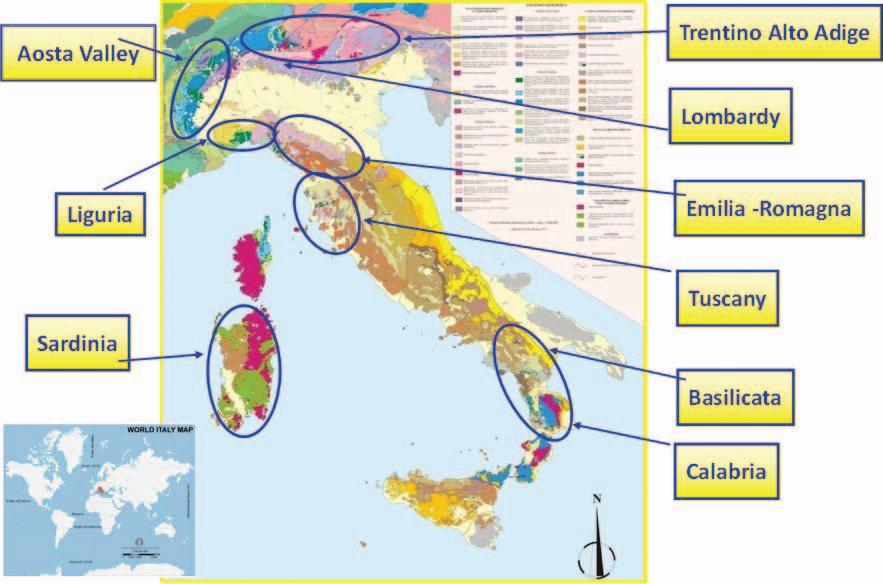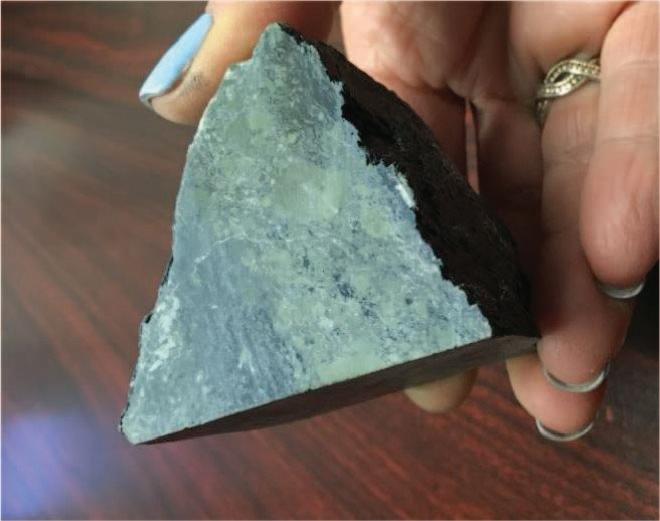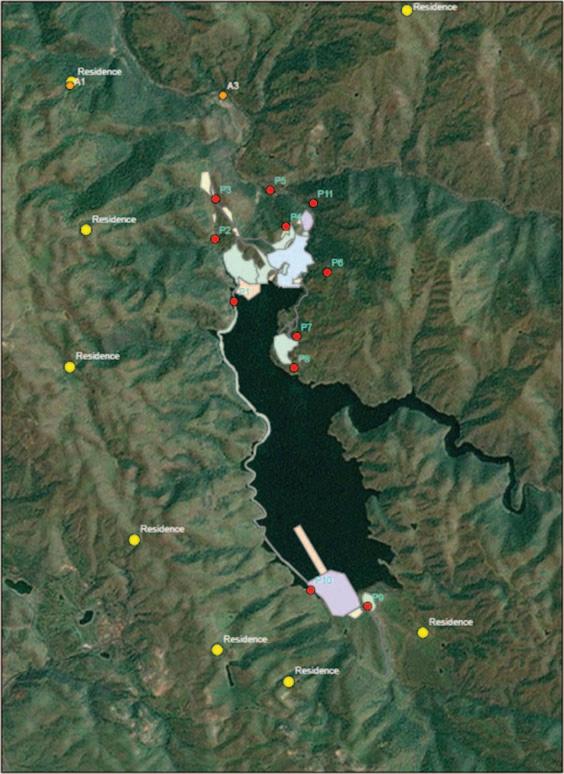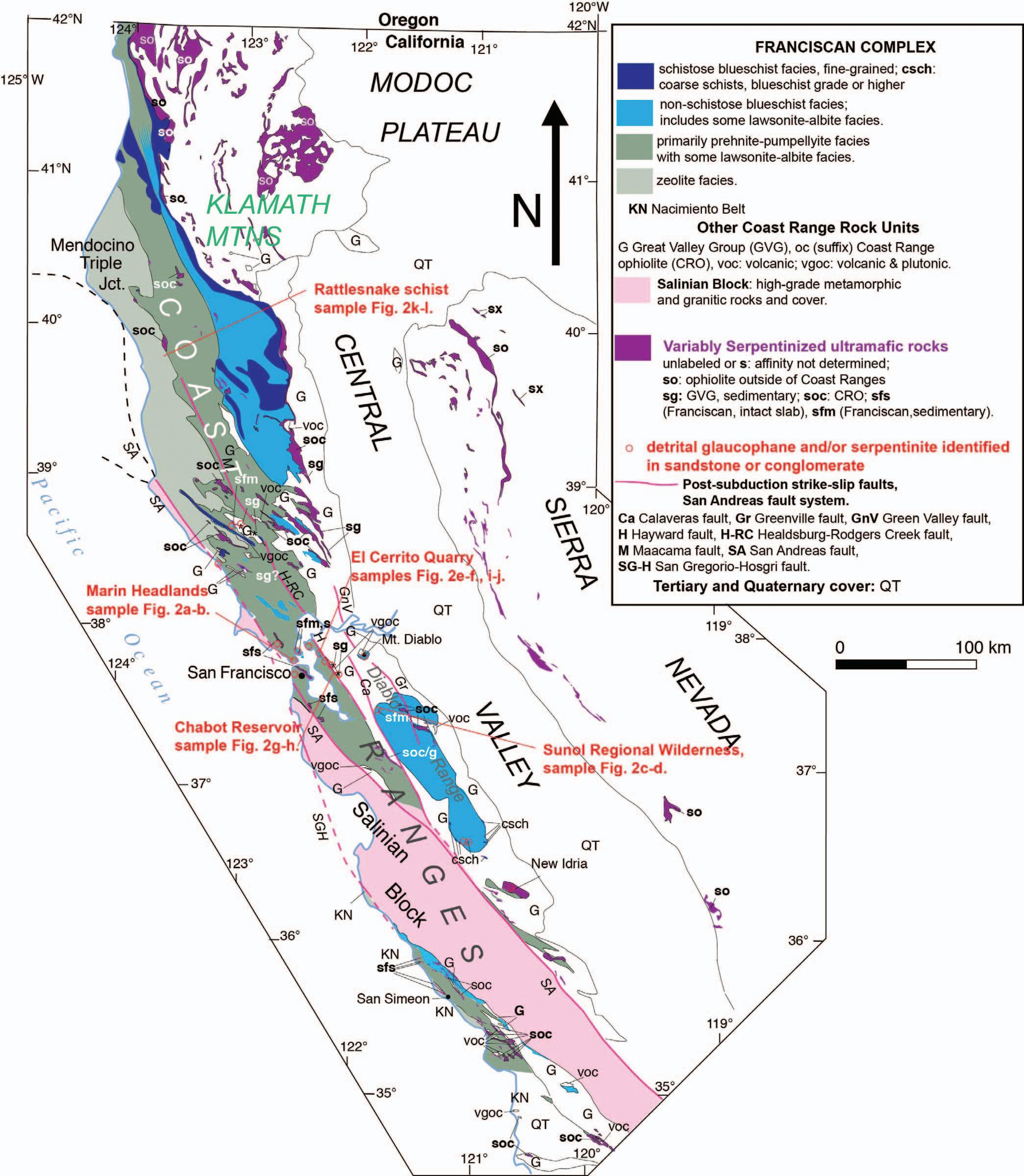Management of Naturally Occurring Asbestos Area in Republic of Korea SUNGJUN YOON Chonnam National University, 77 Yongbong-ro, Buk-gu, Gwangju 61186, Republic of Korea
KYUBONG YEOM 11 Doum6-ro, Sejong Special Self-Governing City, Republic of Korea
YONGUN KIM BYUNGNO PARK JAEBONG PARK HYESU KIM HYEONYI JEONG YUL ROH* Chonnam National University, 77 Yongbong-ro, Buk-gu, Gwangju 61186, Republic of Korea
Key Terms: Naturally Occurring Asbestos, Construction, Management, Site Investigations ABSTRACT The Republic of Korea Government has adopted a whole-of-government approach in the management of naturally occurring asbestos (NOA) through a nationwide asbestos management plan. Regional and detailed mapping, and examination of NOA effects are still ongoing for NOA management by indoor air, noise and asbestos management division, Ministry of Environment. Plans by the Korea Rail Network Authority are under way to rebuild the Janghang double-track railway. The proposed Jannghang double-track railway route is through an area of high NOA probability that has serpentine and ultramafic rock. Chrysotile, tremolite, and actinolite asbestos were among the rocks identified within the project site (initial planning line and the operational design line). The level of asbestos in most soils was low (ࣘ0.25 percent), while some soils contained 0.75 percent asbestos. Monitoring and analyses of air quality revealed below 0.01 fibers per cm3 (f/cc). However, there were no traces of asbestos detected in the groundwater and stream water. Despite the low asbestos content of the soil and rock, the disturbance of NOA-containing soils and rocks during railway construction could trigger the release of asbestos fibers into the air. NOA mitigation plans and measures are necessary for workers and residents during the construction of the railway.
*Corresponding author email: rohy@jnu.ac.kr
INTRODUCTION The Korean Peninsula consists of three Precambrian massifs, from north to south, the Nangrim, Gyeonggi, and Yeongnam Massifs, which form the basement rocks. All three Precambrian massifs consist of unclassified high-grade gneiss complexes and overlying supracrustal sequences. The Precambrian massifs are joined by two intervening belts, the Ogcheon and Imjingang belts. The Gyeongsang Supergroup comprises the Gyeongsang basin and other small basins. In the Korean Peninsula, the most recent volcanic activity occurred between the Cretaceous and Early Tertiary periods and was closely related to the contemporaneous plutonism (Figure 1; Kim et al., 1999. Due to these geological characteristics, there are two main ultramafic rocks known to have naturally occurring asbestos (NOA) in the Republic of Korea, serpentinite and metamorphosed carbonate rocks. NOA is formed through the reaction of olivine in ultramafic rocks with hydrothermal fluids or as a result of hydrothermal alteration of dolomite (Lee and Park, 1995; Woo and Kang, 1999; Woo and Suh, 2000; Woo and Kim, 2003; Song et al., 2004; Kim and Woo, 2005; Koh et al., 2006; Park et al., 2012; and Jung et al., 2014, with references). 3Mg2 SiO4 (Olivine) + SiO2 + H2 O → 2Mg3 Si2 O5 (OH)4 (Serpentine) .
(1)
5CaMg(CO3 )2 (Dolomite) + 8SiO2 + H2 O → Ca2 Mg5 Si8 O22 (OH)2 (Tremolite) (2) + 3CaCO3 + 7CO2 .
Environmental & Engineering Geoscience, Vol. XXVI, No. 1, February 2020, pp. 79–87
79





















